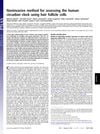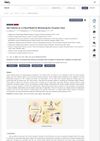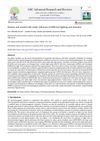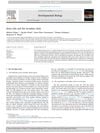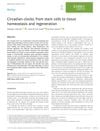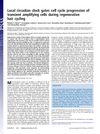A Simple Method Using Ex Vivo Culture of Hair Follicle Tissue to Investigate Intrinsic Circadian Characteristics in Humans
July 2017
in “
Scientific reports
”
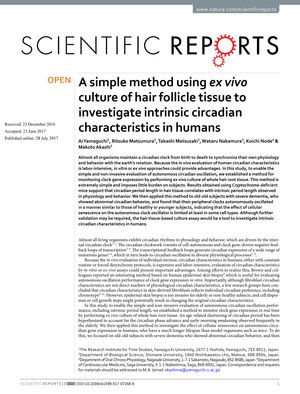
TLDR Researchers developed a way to study human body clocks using hair tissue, which works similarly in both healthy and dementia patients.
In 2017, researchers developed a non-invasive method to study human circadian rhythms using ex vivo culture of hair follicle tissue. They found that circadian period length in hair tissue correlates with intrinsic period length in physiology and behavior, and this was consistent across various experimental conditions. The method was validated using Cryptochrome-deficient mice and by comparing with physiological and behavioral data. It was also applied to elderly subjects with severe dementia, showing that their peripheral clocks oscillated autonomously similar to healthy or younger subjects, indicating that cellular senescence and dementia pathology do not significantly affect the circadian clock machinery. The study suggests that human hair follicle tissue can be a reliable model for estimating circadian period length, despite some limitations such as the shorter circadian period length observed in cultured tissue compared to in vivo. The number of human subjects and their specific characteristics were not detailed in the summary, so the strength of the study in terms of human sample size cannot be assessed.
